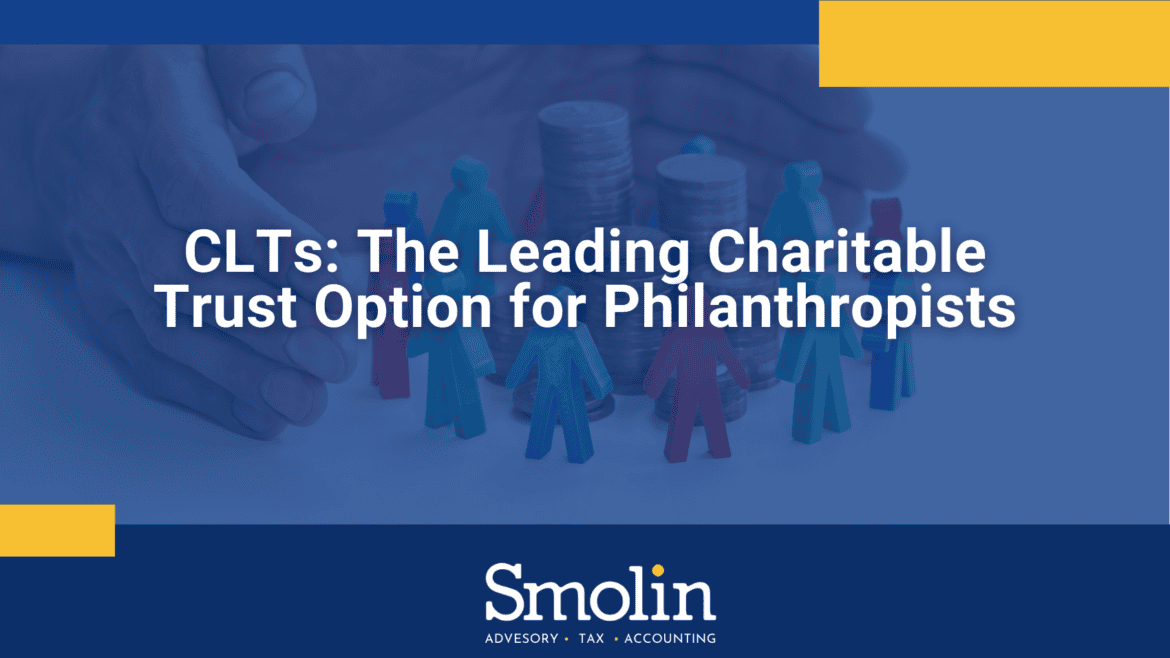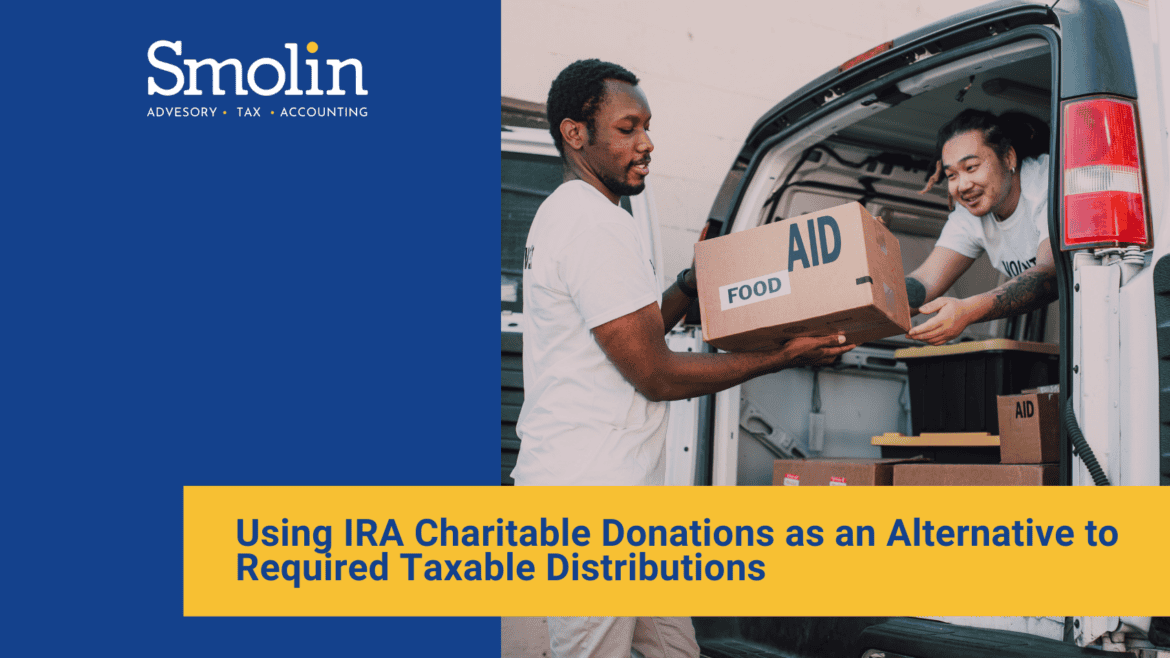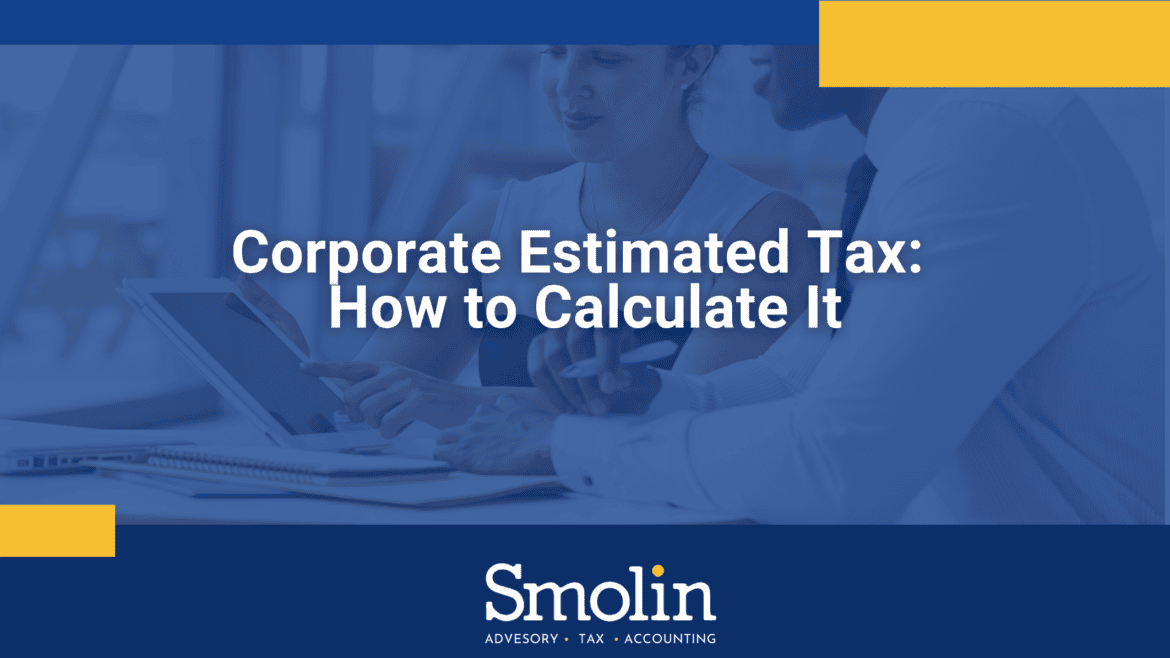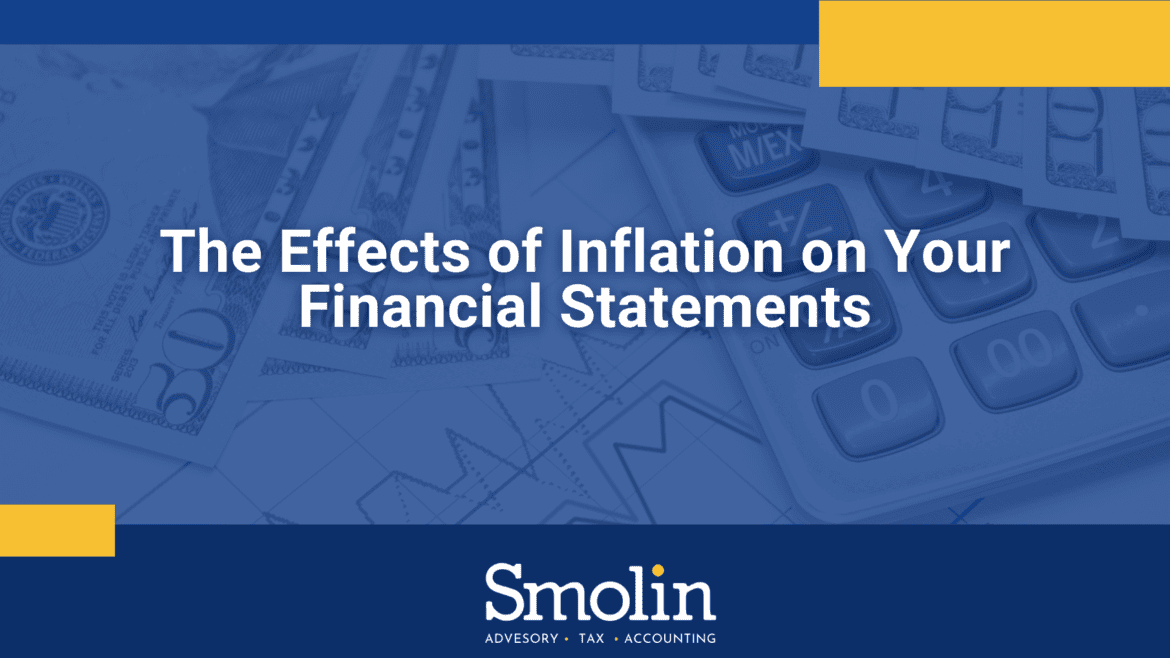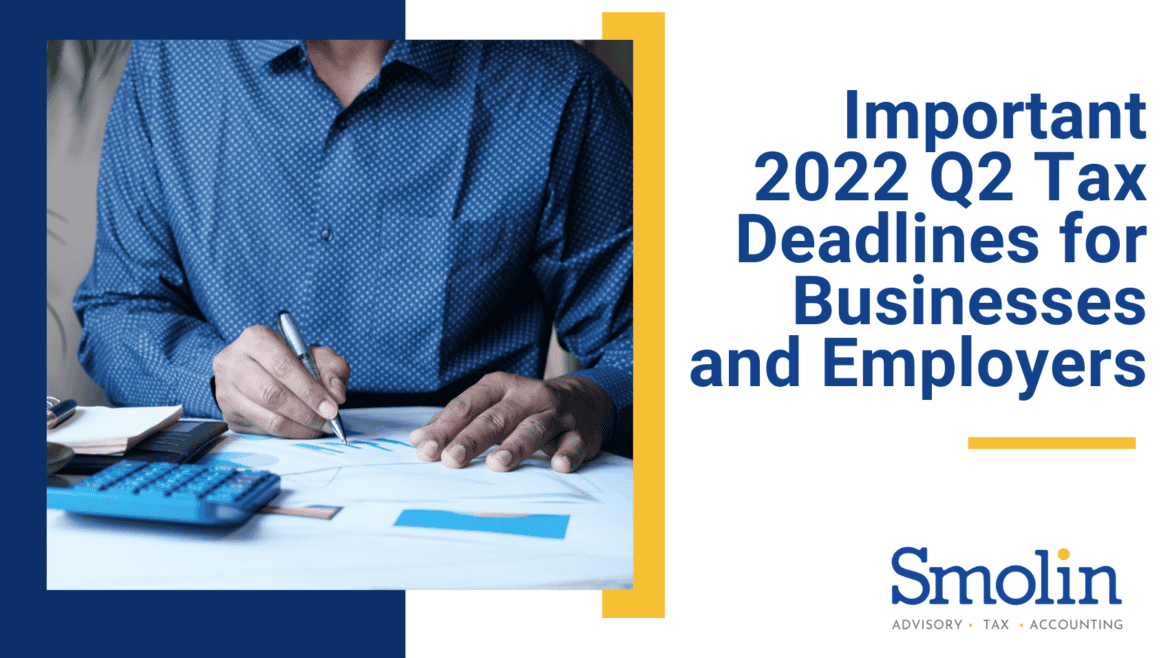If you are interested in donating assets to a charity you support but don’t want to permanently give up this property, consider a charitable lead trust (CLT). This trust functions as an alternative to charitable remainder trusts (CRTs).
CLTs revert your donated assets to your family instead of the charity after a specified amount of time has passed. However, your chosen charitable organization will enjoy a steady source of revenue for the period you gave them temporary ownership.
How CLTs work
Although a CLT trust is irrevocable, you can continue to fund it throughout your lifetime or create a testamentary trust in your estate plan or will. This is an ideal approach to incorporating your philanthropic goals into your estate plan.
The basic idea of how a CLT works can get complicated, but typically you would contribute assets to a trust for a specified term. The charity you designate as the beneficiary would receive payouts from the trust during this period. You can also select multiple charities as beneficiaries if you wish and what portion of earnings they should receive.
How these payments get made depends on your CLT’s structure. Usually, these are made as a percentage of the trust or as fixed annuity payments.
Tax implications for charitable deductions
One of the primary motivators for creating a CRT is the tax deduction you receive for the remaining interest value. However, this deduction may be limited, or you might not receive one, depending on whether your CLT is a grantor or non-grantor trust type.
Grantor CLTs allow you to deduct the current value of any future payments to your chosen charity, though this is subject to imposed deduction limits. The downside to this situation is that the investment income the trust generates is taxable for that term and is the grantor’s responsibility to pay.
However, if you use a non-grantor CLT, the trust is now the owner of the assets and liable for any taxes owed on undistributed income. This allows your trust to claim the deductions for charitable contributions that are distributed to charitable organizations. Despite the uniqueness of each trust situation, it’s not uncommon for grantor tax liabilities to take precedence over current tax deduction benefits.
Still, CLTs that are structured correctly create gift or estate deductions based on the portion designated for the charity involved. This is how the transference of remaining interest to family members is possible at a lower tax rate.
Additional responsibilities for CLTs
Every year until the term expires or during the life of your beneficiaries, your CLT must make at least one payment to one of your chosen charities. There is no mandatory 20-year timeframe imposed (as is the case with CRTs), and the trust doesn’t need to set a minimum or maximum requirement every year either. Once a CLT’s term expires, the heirs you originally named will have the remainder passed to them.
© 2022
